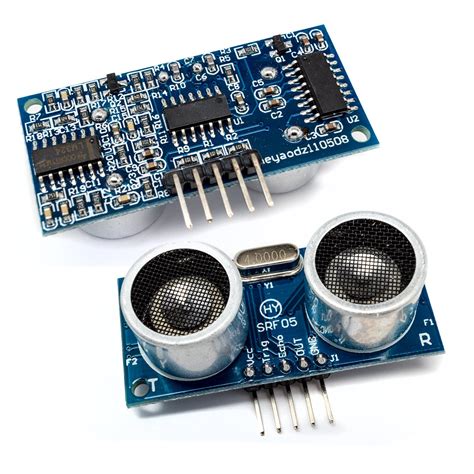
Sound Sensor: A Beginner’s Guide
Introduction to Sound Sensors Sound sensors, also known as acoustic sensors or microphones, are devices that convert sound waves into electrical signals. These sensors have[…]
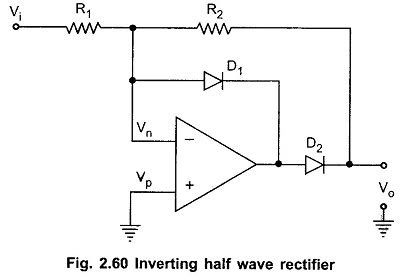
How to Make a Rectifier: A Detailed Guide
Understanding Rectification Rectification is the process of converting AC to DC. AC is the type of electricity that is supplied by the power grid and[…]
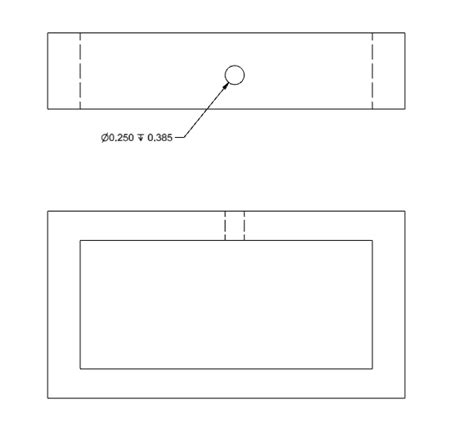
Through-Hole – Why It is Still Relevant in PCB Designs?
What is Through-Hole Technology? Through-hole technology involves mounting components on a PCB by inserting their leads through drilled holes in the board and soldering them[…]
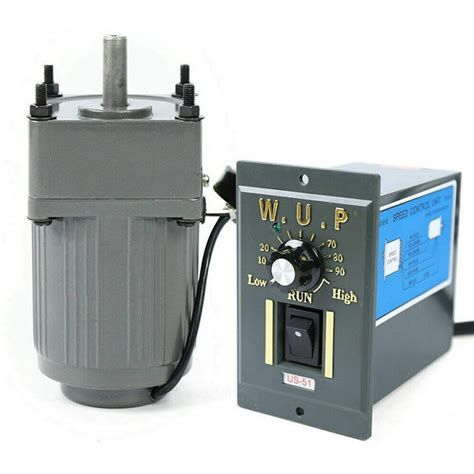
7 Things you Need to Know About DC Motor Controller
Introduction to DC Motor Controllers A DC motor controller is an electronic device that regulates the speed, torque, direction, and other parameters of a DC[…]
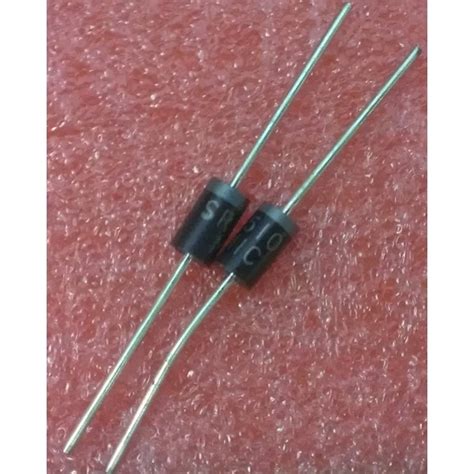
1n4148 Diode Equivalent- All You Need to Know
What is a 1N4148 Diode? The 1N4148 is a common and widely used small signal diode. It is a general-purpose diode that is often employed[…]
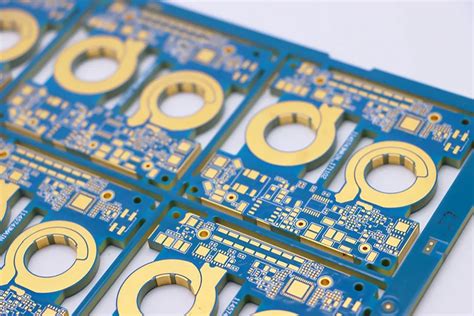
Electrostatic Spraying Technology Used in Thick-Copper PCB
Introduction to Electrostatic Spraying Technology in PCB Manufacturing Electrostatic spraying technology has emerged as a game-changer in the manufacturing of printed circuit boards (PCBs), particularly[…]

Soil Moisture Sensor: A Humidity Testing Device for Soil Samples
Introduction to Soil Moisture Sensors Soil moisture sensors are essential tools for monitoring and maintaining optimal soil conditions in various applications, from agriculture and horticulture[…]
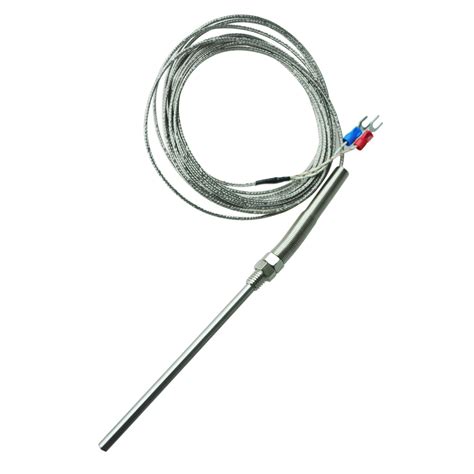
Thermocouple Sensor: An Affordable, Wide-Range Temperature Measurement Probe
Introduction to Thermocouple Sensors A thermocouple sensor is a type of temperature measurement device consisting of two dissimilar metal wires joined at one end, called[…]
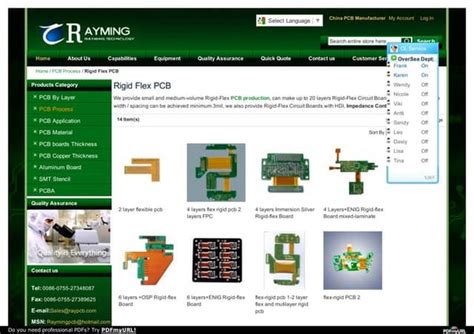
Fast Print PCB – Factors How to Make it Become Perfect
Introduction to FastPrintPCB FastPrintPCB is a revolutionary technology that has transformed the PCB manufacturing industry. It enables the rapid production of high-quality printed circuit boards,[…]

7 Problems And Solutions Often Encountered In Led PCB Assembly
Introduction to LED PCB Troubleshooting Light-emitting diode (LED) printed circuit boards (PCBs) are widely used in various applications, from consumer electronics to industrial lighting systems.[…]